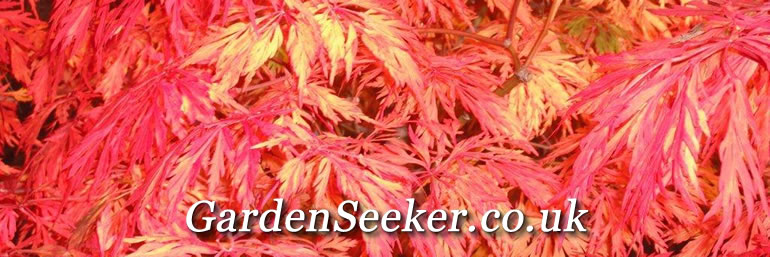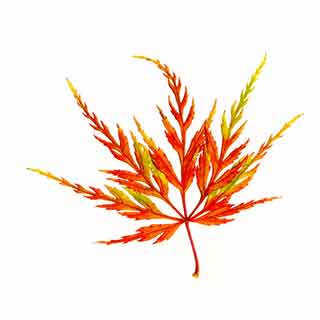

Guzmanias are normally found growing naturally in many parts of America (Hot and humid) together with rain forest type habitats in the West Indies. It is one of the epiphytic bromeliads. As such it is a suitable candidate for growing in an epiphytic manner on tree trunks under glass. This will not generally be possible if grown indoors, for amongst many other things, it will require high humidity and heavy misting or spraying.
Don’t give up on this spectacular plant, for it can also be grown quite successfully in a pot of suitable compost indoors – although the high humidity needed will be a challenge.
The Plant: Most of the Guzmanias have long, strap-like
green leaves which grow in the form of a rosette or urn.
 They have
emerging central crimson star of bracts which are generally – and
mistakenly assumed to be the flower. The actual flowers are less
conspicuous though still for an attractive contrast to the coloured
bracts.
They have
emerging central crimson star of bracts which are generally – and
mistakenly assumed to be the flower. The actual flowers are less
conspicuous though still for an attractive contrast to the coloured
bracts.
Its needs: Strong light but not direct sun. The Scarlet Star requires a very free-draining potting mix which should be very open in structure with plenty of tree bark or charcoal. The Guzmania lingulata is extremely frost sensitive, and should be grown in warm humid conditions.
As above, avoid temperature drops. Mist-spray in summer. The rosette of leaves
forms a central reservoir or tank in the middle of the plant,
this should be topped up with water regularly as well as the
potting mix being kept moist throughout the growing season.
Watch for
scale pest and mealy bug. Sometimes new plantlets will
grow alongside the parent plant. These can be removed and potted
up once sufficiently well developed, (when the new plant is
almost half the size of the original plant).
Good for: The Scarlet Star makes an unusual and striking feature, it should be grown on its own, and brought into a display position when the central Star is emerging from the leaves.
The main pest indoors is the mealybug which will have to be searched for in the rosette of leaves and within the flower bracts. Not easy to deal with, but can be treated by painting the pests with a small brush dipped in an insecticide.
Seed can be obtained, but this is a long term project - for the enthusiast maybe! As with many of the Bromeliads the Guzmania sends out offshoots - it is in any event stoloniferous - from the basal region which are easy to separate and grow on as small plants.
